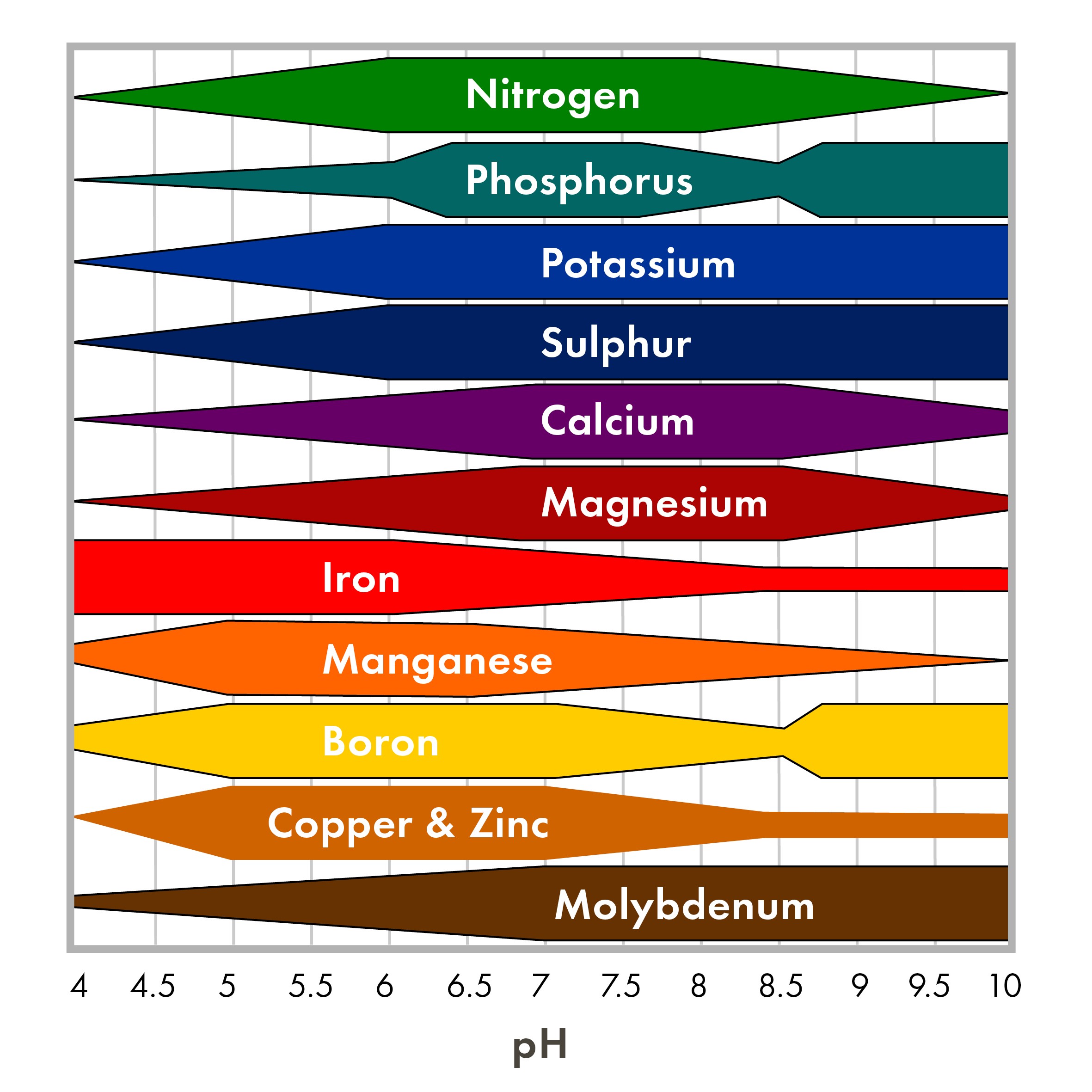Bioguide #12
Nitrogen Biofertilisers
Nitrogen is an essential element for plant growth as it is a key component of their proteins and DNA. Its essential nature is reflected in it being the first element in the NPK measurement given to fertilisers.
Nitrogen needs to be taken up by plants from the soil via their roots and can be taken up in three different chemical forms: nitrate (NO3-), ammonium (NH4+), or amino acids (organic nitrogen). It is for this reason that common nitrogen fertilisers are made up of the plant available forms of nitrogen.
Table 1. Chemical form of nitrogen found in commonly used nitrogen fertilisers
| Ammonium | Both | Nitrate |
| Urea DAP (diammonium phosphate) MAP (monoammonium phosphate) Sulphate of ammonia |
Ammonium nitrate CAN (calcium ammonium nitrate) |
Potassium nitrate Calcium nitrate |
The chemical form of nitrogen that is absorbed by plants depends on:
- The chemical form available in the soil – ammonium, nitrate or amino acids
- The type of plant – some prefer nitrate while others require ammonium
- The soil pH – excessive acidic or alkaline conditions can affect the chemical form of nitrogen
- The bacteria present in the soil – as bacteria can “mineralise” nitrogen, making it plant available. Different bacterial species “produce” ammonium or nitrate (Fig 1).
The Nitrogen Cycle
There are many different chemical forms of nitrogen in the environment including gases and solids.
Gases include atmospheric dinitrogen (g; N2), nitrogen dioxide (g NO2), nitric oxide (g; NO), nitrous oxide (g; N2O), and ammonia (g; NH3).
In the soil there are various solid forms of nitrogen including Nitrate (NO3), nitrite (NO2–), ammonium (NH4) and organic N (R-NH3). The particular forms found in the soil depends on the activity of the specific microbes present.
Figure 1. The nitrogen cycle

Nitrogen Fixing Bacteria
Some bacteria have special enzymes (called nitrogenase) that can convert atmospheric nitrogen into either ammonium or nitrate which are both plant-available. There are four different groups of bacteria involved
- Legume root nodule symbiosis (Rhizobium)
- Free-living in the soil (Azotobacter = Biostart N)
- Plant root-associated bacteria (rhizosphere)
- Free-living inside plants (endophytes).
Many farmers are aware that legumes have special nitrogen-fixing bacteria, called Rhizobium, that are associated with nodules that form on their roots. These bacteria fix atmospheric nitrogen into plant-available nitrogen in the nodules on the roots. This nitrogen is only available to the legume plant.
Table 2. The difference between Rhizobium and biofertilisers
| Ammonium | Both |
|
|
BioStart N
The key ingredient of BioStart N is a free-living nitrogen-fixing bacteria (Azotobacter chroococcum). It is an unusual bacterium in that it has two distinct life stages; as bacterium or as cysts (which can survive harsher environmental conditions).
This bacterium uses dead plant material (roots or leaves) or other soil organic matter for energy (carbon) and converts atmospheric N to plant-available ammonium nitrogen (NH4+). Scientists have estimated that Azotobacter can fix up to 30 kg N/ha/yr. It can also use nitrogen in the soil if it is available.
There are some conditions for the survival of Azotobacter chroococcum in the soil. The nitrogenase enzyme from the Azotobacter bacterium needs molybdenum and iron for nitrogen fixation and the availability of molybdenum and iron is pH dependent and works best at a pH of 6.0-6.5. Azotobacter are aerobic bacteria and therefore also need oxygen to function so having a well-aerated and well-drained soil will promote their activity.
Once established in the root rhizosphere Azotobacter produce a slow, continuous supply of nitrogen at levels easily absorbed by plants. In fact, Azotobacter works in sync with the plant’s growth periods. This steady low-level production of N reduces N leaching when compared to the application of nitrogen fertiliser.
How to optimise biofertiliser performance in the field:
- Test the soil prior to application to ensure good soil organic matter levels are present to provide nutrients (carbohydrates) for the bacterium to grow
- Co-applying with a soil biostimulant such as (Mycorrcin or Digester) enhances establishment and activity
- Well-drained and aerated soil ensure oxygen is readily available
- A soil pH 6.0-6.5 is optimal pH range for iron and molybdenum availability (Fig 2)
- Test the soil to ensure adequate levels of molybdenum (0.1 ppm) and iron are available as these are essential cofactors for the nitrogenase enzyme that converts atmospheric nitrogen to ammonium.
Figure 2 Effect of pH on soil mineral availability
 What biofertilisers do not like:
What biofertilisers do not like:
- UV light kills bacteria and to mitigate this apply biofertilisers in the late afternoon and/or overcast days or while it is raining. Work into the soil as soon as possible
- Applying prior to rain event or an irrigation application will help to wash the bacteria into the soil
- Excessive tank mixing that leads to frothing will be destroying the bacteria
- Anaerobic waterlogged soils will not allow Azotobacter to grow
- Highly acidic soils will inhibit bacterial growth.
Ready to get started?
Check out our biofertiliser, Biostart N:

